Optimal Timing for French Drain Installations
French drain installations are most effective when performed during specific times of the year to ensure optimal soil conditions and avoid disruptions caused by weather. Proper timing can enhance drainage performance and reduce the risk of issues such as soil compaction or water pooling during installation.
Spring offers moderate weather and moist soil conditions, making it ideal for installing French drains before heavy rain seasons.
Summer can be suitable if soil is adequately moist, but high temperatures may cause quicker drying and complicate installation.
Fall provides cooler temperatures and consistent moisture levels, reducing the risk of soil disturbance and allowing proper settling.
Winter is generally not recommended due to frozen ground and unpredictable weather, which can hinder installation and soil settling.
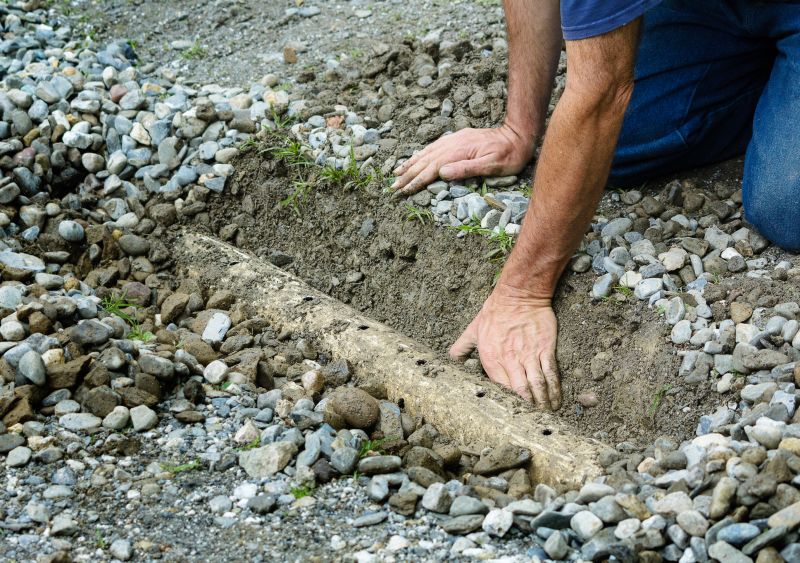
Soil is moist and workable, ideal for trenching and laying drainage pipes.
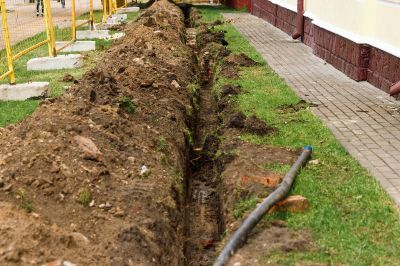
Requires careful timing to avoid dry, hard soil conditions.
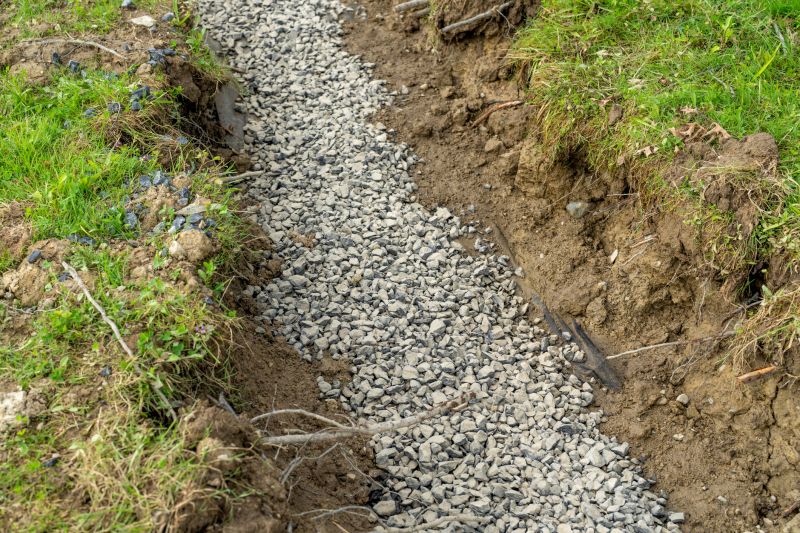
Cooler temperatures and consistent moisture facilitate effective installation.
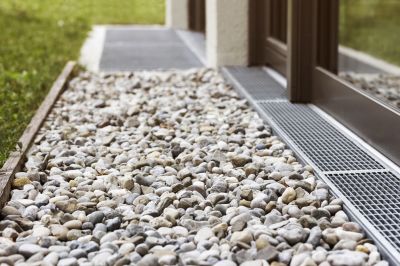
Ways to make French Drain Installations work in tight or awkward layouts.

Popular materials for French Drain Installations and why they hold up over time.

Simple add-ons that improve French Drain Installations without blowing the budget.
| Season | Ideal Conditions |
|---|---|
| Spring | Moderate temperatures, moist soil, low risk of drought |
| Summer | Requires adequate soil moisture, avoid peak heat |
| Fall | Cool temperatures, consistent moisture, good soil conditions |
| Winter | Frozen ground, high risk of delays and complications |
French drain installations involve excavating trenches, laying perforated pipes, and covering them with gravel to facilitate water movement away from problem areas. Proper installation ensures effective drainage, reducing water pooling, soil erosion, and foundation issues. The timing of installation plays a crucial role in achieving optimal results, as soil conditions and weather impact the durability and performance of the drainage system.
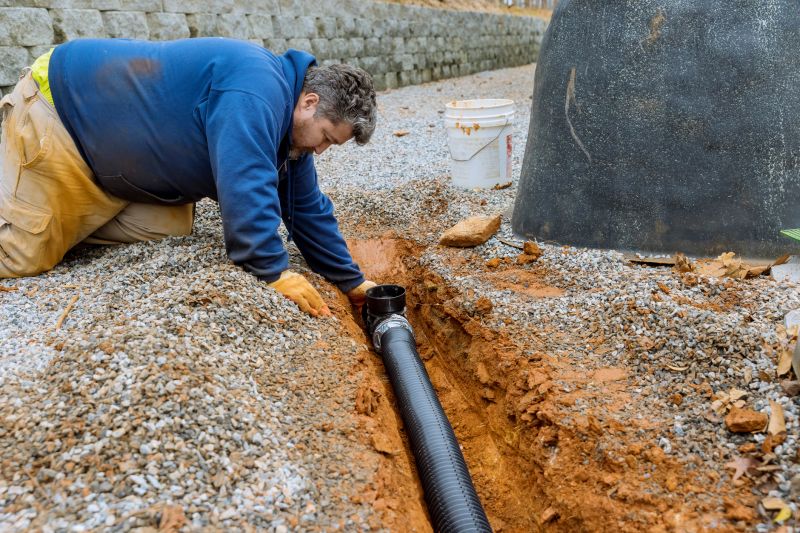
Trenching and pipe placement underway during optimal weather conditions.
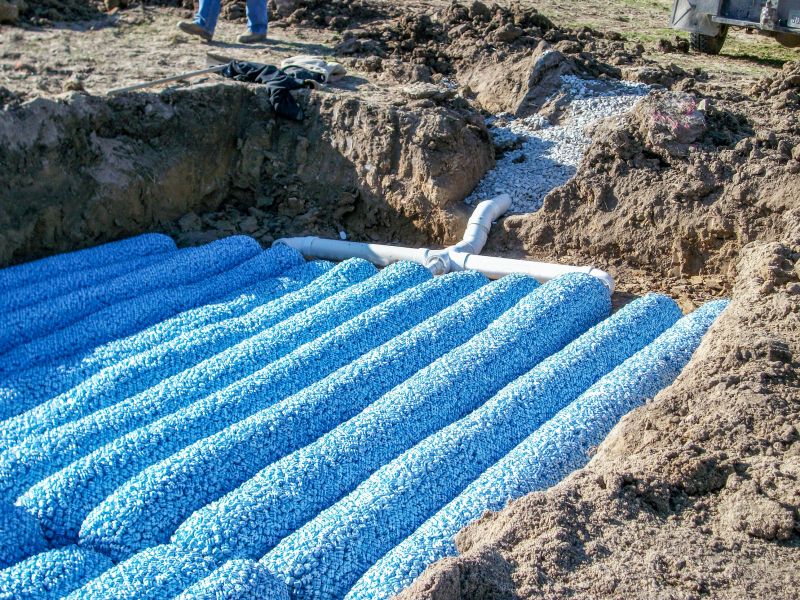
Finished French drain ready for water diversion and drainage.
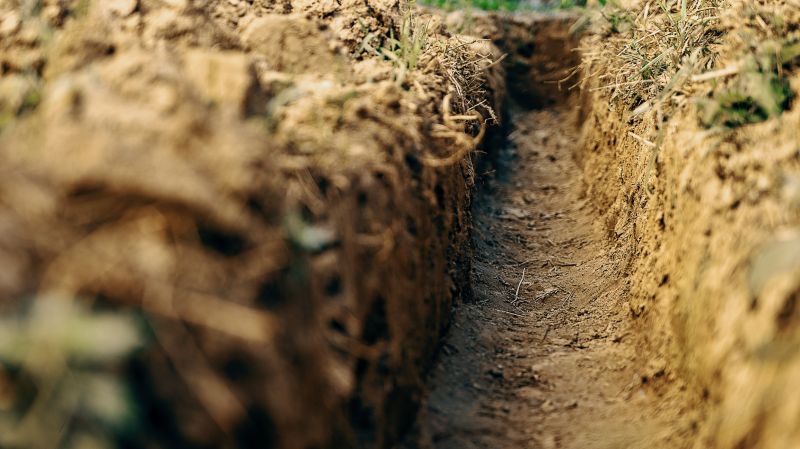
Soil is moist and prepared for trenching in the ideal season.

Maintenance activities to ensure long-term drainage efficiency.
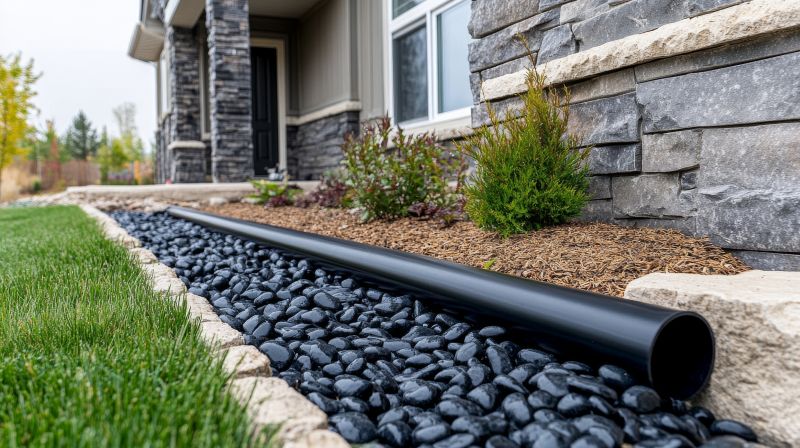
High-end options that actually feel worth it for French Drain Installations.
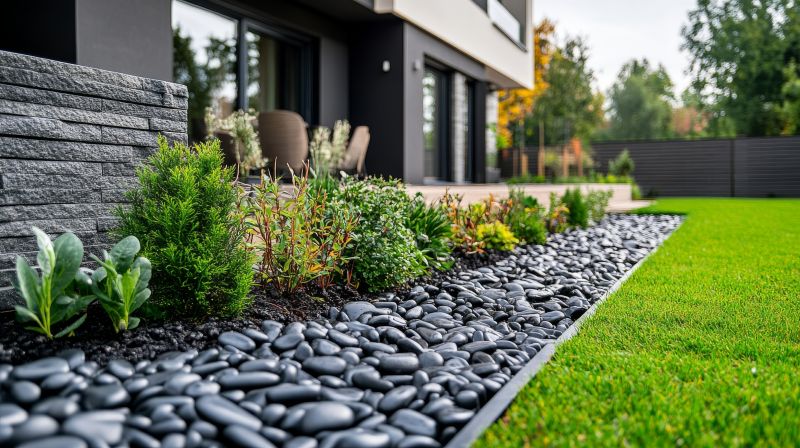
Finishes and colors that play nicely with French Drain Installations.

Little measurements that prevent headaches on French Drain Installations day.

A 60-second routine that keeps French Drain Installations looking new.

A frequent mistake in French Drain Installations and how to dodge it.

Small tweaks to make French Drain Installations safer and easier to use.
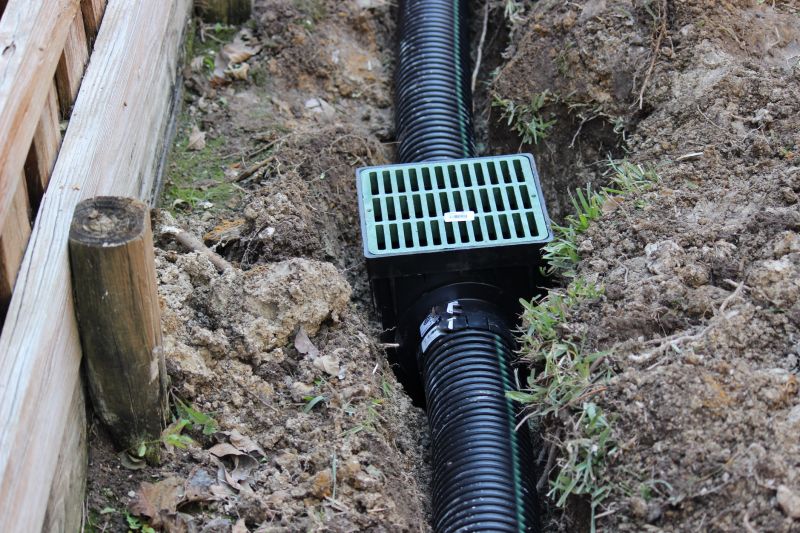
Lower-waste or water-saving choices for French Drain Installations.
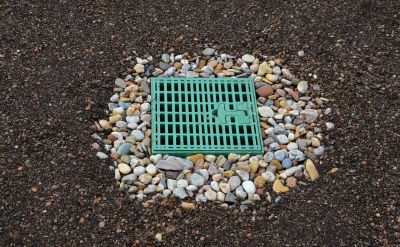
The short, realistic tool list for quality French Drain Installations.
Interested in French drain installations? Filling out the contact form can provide more information and help schedule installation during the most suitable season for optimal results.



